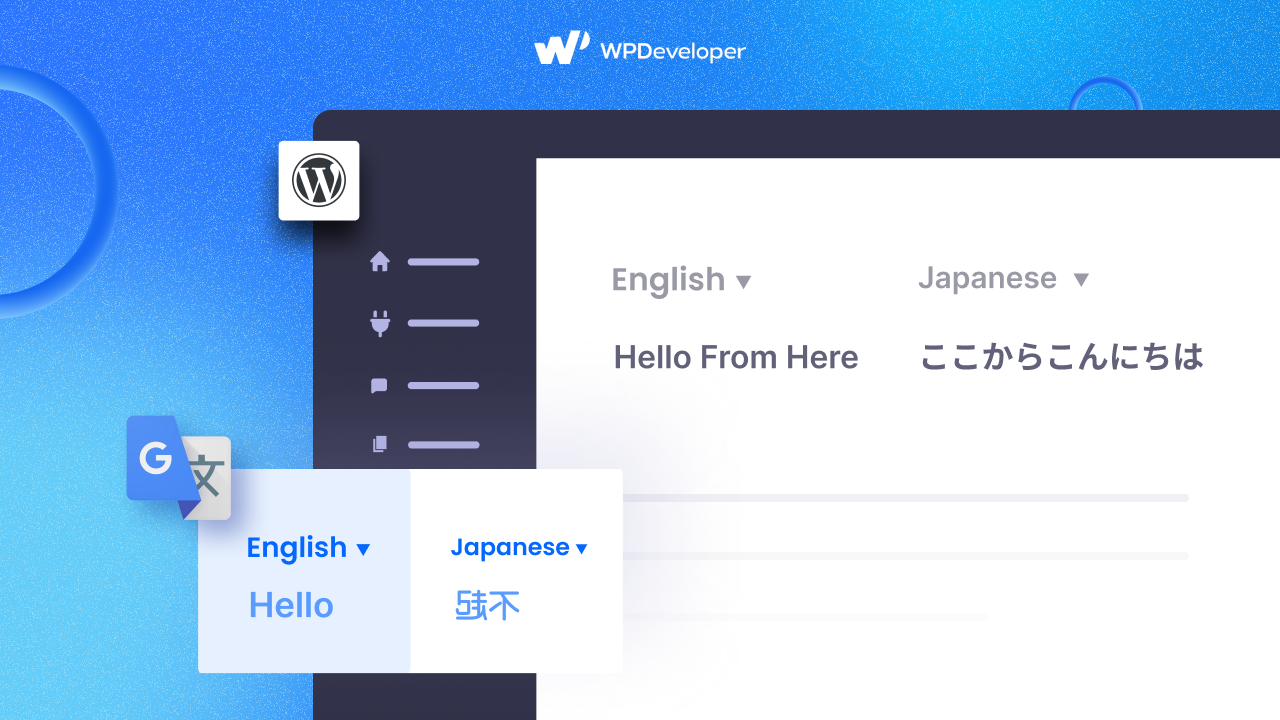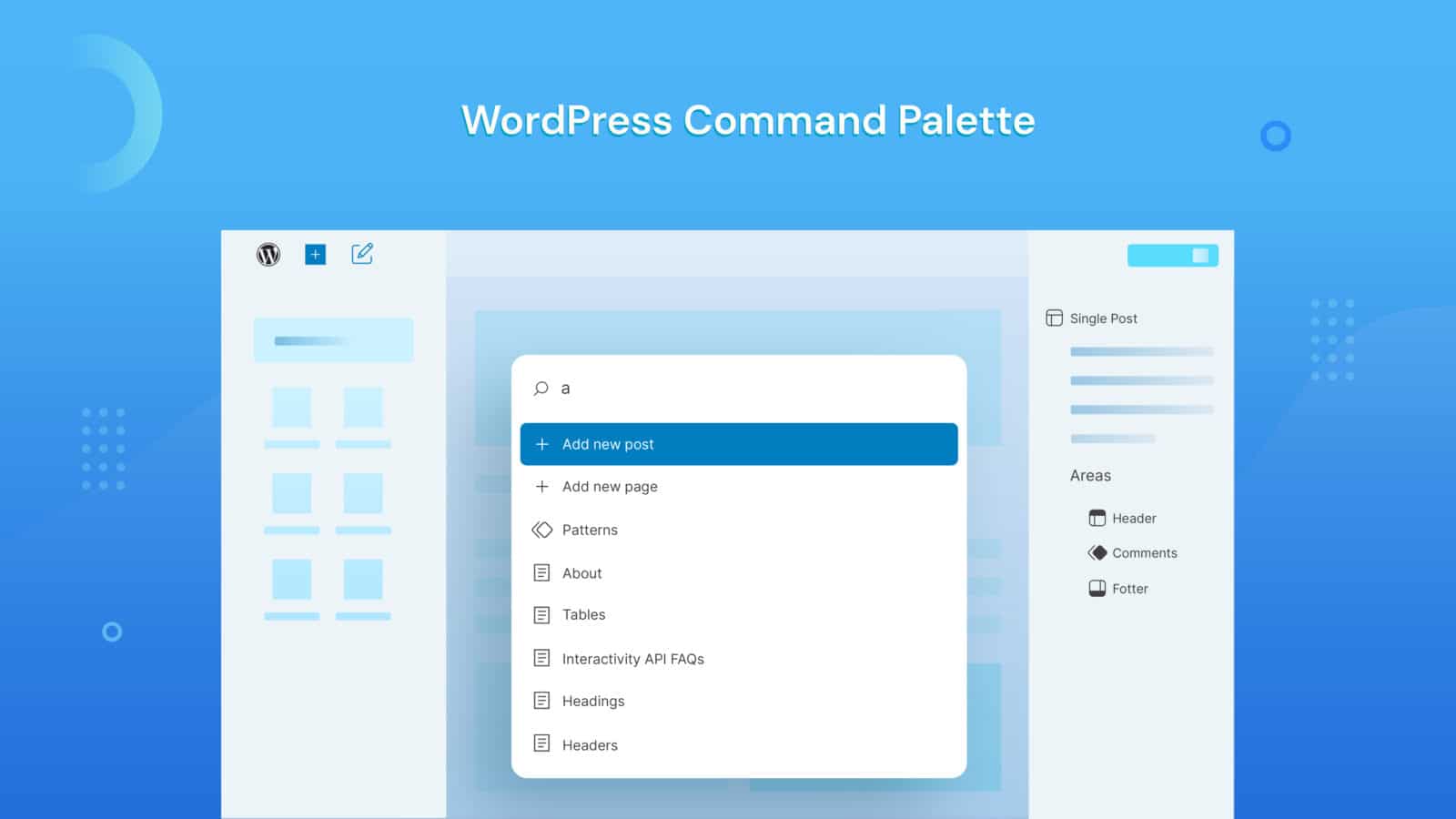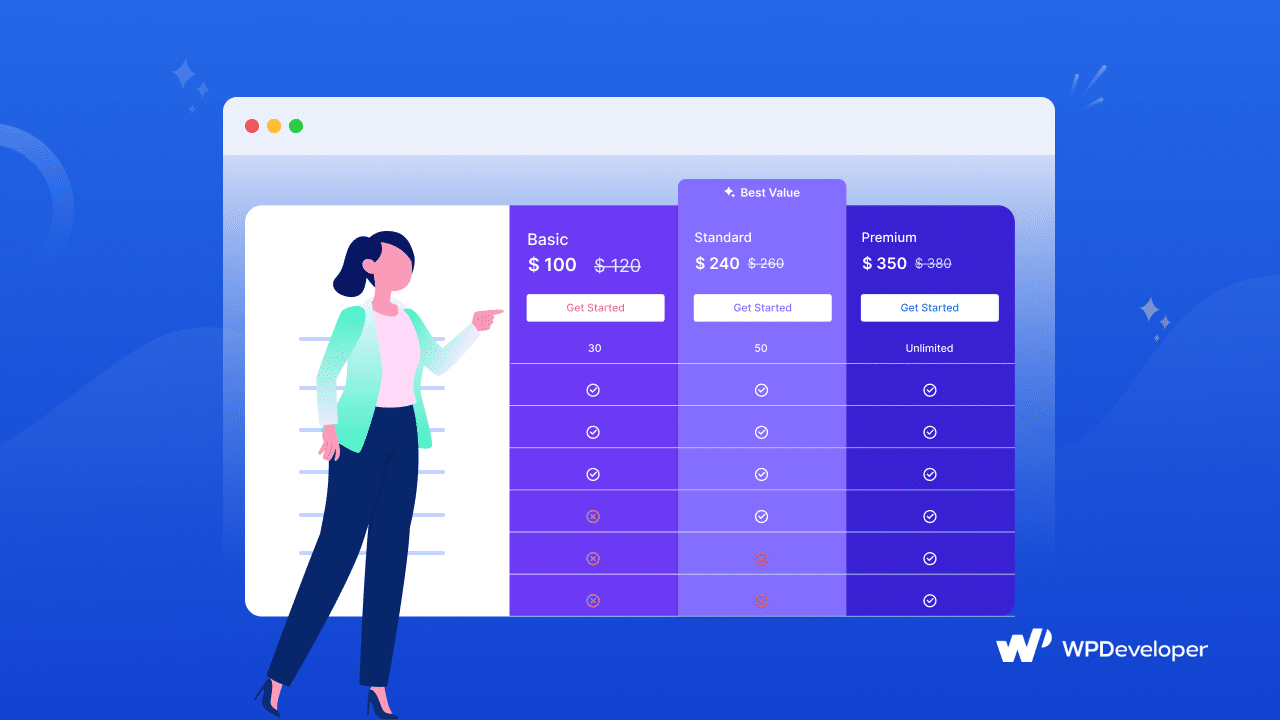It has been months since the release of WordPress Gutenberg Editor. Maybe some of you have already started to get a hang of it. Maybe you want to use the Gutenberg Editor as the default one. That’s good but what happens to the Old Content on your Website that you wrote using the Old Classic Editor? Technically, the content stays the same. But upgrading to Gutenberg does not place different content type inside different block types for the old blogs on your website. That’s an issue.
WordPress introduced Gutenberg last year. After upgrading to the new version, users will find a completely new Editor. Luckily, the new Editor does not make any changes to the existing content. Every post written using the Old Editor is safe even after upgrading to the new versions.
Now you might be wondering, what happens when you convert the old posts from WordPress Classic Editor to WordPress Gutenberg Editor? Nothing actually. The content stays same inside the WordPress Gutenberg Editor.
When you open an older post that you originally wrote using the WordPress Classic Editor, you will see the entire content wrapped inside a single Classic Block. And that’s the only change you will see. Gutenberg does not make any changes to the content to fit its Editor.

Although you can keep it that way, but that’s not how it should be done. If you intend to use the WordPress Gutenberg Editor, instead of keeping the entire content inside a single Classic Block, you should put separate content in separate blocks. Seems like a lot of work, doesn’t it?
It isn’t. After you have landed inside the WordPress Gutenberg Editor, click inside it. This will activate the Menu. At the upper right corner of the Block, you will see three dots. Click on it and from the drop-down select the Convert To Blocks Option.

This should be it. Gutenberg Editor will now place each different type of content inside a different block. For example, it will create different image blocks for each of the images you have inside your content. Similarly, it will create separate Text Blocks for each of the Text sections on your content.
After you have converted old Post to Gutenberg, you can now edit it as you would do with other content. Each of the Blocks will present to you different styling options, formatting and styles. If you haven’t used Gutenberg Editor before, you have to place your mouse inside the blocks and make a click to activate the Editor Bar. After the Block is activated you will see an upper bar hosting all the formatting options you had in old WordPress Editor.
Wrapping Up!
However, if you don’t have to make any significant changes to old content you should probably refrain from converting them to Gutenberg Editor. As stated above, converting old posts to Gutenberg posts will not make any changes to the content, it will only give you separate blocks for the separate content type. And if you don’t want to use the Gutenberg Editor at all even after you have upgraded to the new WordPress version, check out the blog on Switch Back To WordPress Classic Editor.









